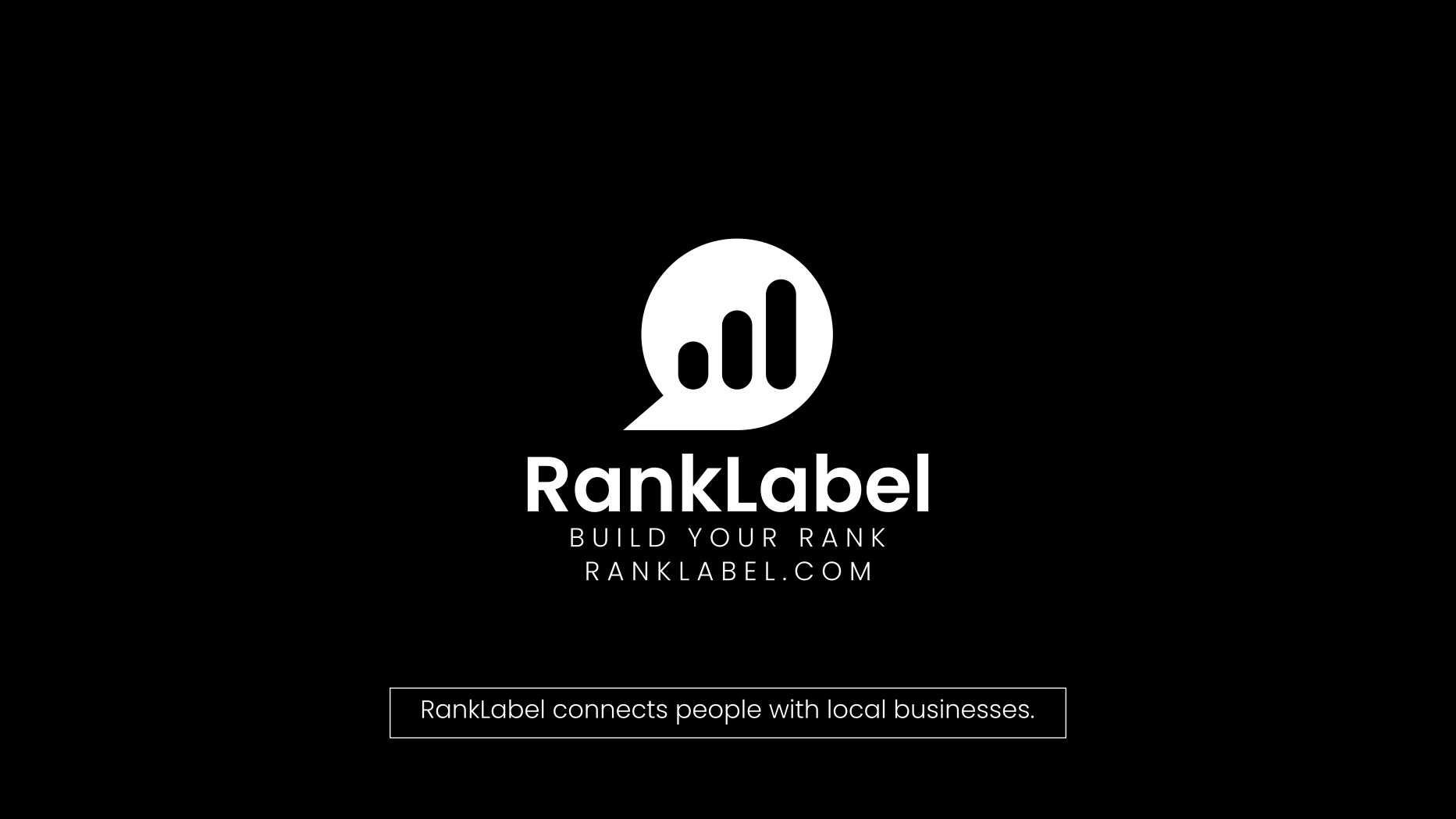The Twinkie Principle in 3D Printing: How Sweet Affordability and Flexibility Can Sculpt Professional Results

Just like Twinkies, the iconic American snack known for its affordability, surprising durability, and flexibility (from school lunches to survival bunkers), 3D printing has evolved into a versatile and accessible technology. Whether you’re crafting intricate sculptures or requiring robust professional-grade models, the world of 3D printing offers a range of solutions that can be as cost-effective and adaptable as those legendary golden cakes.
Unveiling the Potential of Affordable 3D Printing
In the realm of 3D printing, affordability doesn’t equate to limited capabilities. Much like a Twinkie providing a quick, budget-friendly snack, affordable 3D printing technologies offer significant value, making them accessible to hobbyists and startups alike.
The Spectrum of Affordable 3D Printers
Types of Affordable 3D Printers
- Fused Deposition Modeling (FDM)
- Stereolithography (SLA)
- Digital Light Processing (DLP)
- Selective Laser Sintering (SLS) – for advanced users
From FDM, ideal for beginners, to SLS, which caters to more complex needs, affordable 3D printers come in various types to suit different project requirements and skill levels.
Applications of Budget-Friendly 3D Printing
Exploring Uses of Affordable 3D Printers
- Prototyping for startups and small businesses
- Educational models for schools and workshops
- Home decor and personal projects
- Custom tools and parts for everyday fixing
- Artistic sculptures for amateur artists
These printers are not just for creating basic models; they are powerful enough to produce everything from functional household items to educational aids, proving that low cost does not mean low quality.
The World of Professional 3D Printing
Professional 3D printing is to the maker community what a deep-fried Twinkie is to state fairs: a game-changer. It transforms simple concepts into tangible, impactful outcomes that can be as intricate and refined as desired.
Advancements in Professional 3D Printing Technology
Key Innovations in high-quality 3D Printers
- Increased printing speed and efficiency
- Enhanced resolution and precision
- Expanded material compatibility
- Improved sustainability with eco-friendly materials
These advancements are making professional 3D printing a force to be reckoned with across industries from medical to manufacturing, enabling the creation of everything from prosthetics to aircraft parts.
Professional Applications That Transform Industries
Industries Revolutionized by Professional 3D Printing
- Aerospace: components for aircraft and spacecraft
- Healthcare: custom prosthetics and implants
- Automotive: prototypes and end-use parts
- Architecture: complex model structures and frameworks
- Fashion: avant-garde accessories and detail-oriented attire
This level of 3D printing allows for tailored solutions that push the boundaries of what is possible, much like crafting a gourmet version of a Twinkie filled with exotic flavors.
Exploring the Art of 3D Printed Sculptures
The creation of 3D printed sculptures marries the artistic with the technical, allowing detailed expressions that were once deemed impossible or too costly to sculpt by traditional means.
Techniques for Creating Stunning 3D Sculptures
Methods to Achieve Artistic Precision in 3D Printing
- Layered printing for complex textures
- Color mixing and gradient techniques
- Support structures for overhanging features
- Post-processing for enhanced detail and finish
These techniques ensure that each sculpture is not just a printout but a masterpiece, showcasing the nuanced capabilities of modern 3D printers.
Inspirational Examples of 3D Printed Art
Highlighting Masterpieces in the 3D Printing World
- The intricate “Venus of Google” project
- Large-scale installations displayed in renowned galleries
- Interactive sculptures that merge digital and physical elements
- Custom figurines crafted for global art exhibitions
These examples illustrate how 3D printing has become an invaluable tool for artists worldwide, enabling them to push the boundaries of creativity and innovation.
Flexibility in 3D Printing: More Than Just a Buzzword
Flexible 3D printing does to manufacturing what a microwaved Twinkie does to snack time — transforms it completely. This aspect of 3D printing introduces a dynamism that supports experimental and complex designs.
Benefits of Flexible 3D Printing Technologies
Advantages that Make 3D Printing a Versatile Choice
- Ability to print with a variety of materials
- Adaptation to rapid prototyping needs
- Customization for specific project requirements
- Scalability from small pieces to large structures
Whether it’s creating a model with unique properties or adjusting a design on the fly, flexible 3D printing offers solutions that are as adaptable as they are innovative.
Exploring the Range of Flexible Materials
Materials That Enhance the Flexibility of 3D Printing
- Thermoplastic Polyurethane (TPU)
- Polyactic Acid (PLA) blends
- Nylon and nylon composites
- Flexible resins for intricate details
Each material offers unique characteristics, allowing for a wide array of applications, from wearable technology to customized tools that are durable and functional.
Tags: Affordable 3D printing, Professional 3D printing, 3D printed sculptures, Flexible 3D printing
Whether you’re a hobbyist experimenting in your garage or a professional sculpting the next museum piece, the world of 3D printing holds a treasure trove of possibilities. Like the humble Twinkie, which has proven its versatility and longevity against all odds, 3D printing stands as a testament to innovation and adaptability in the modern world.










